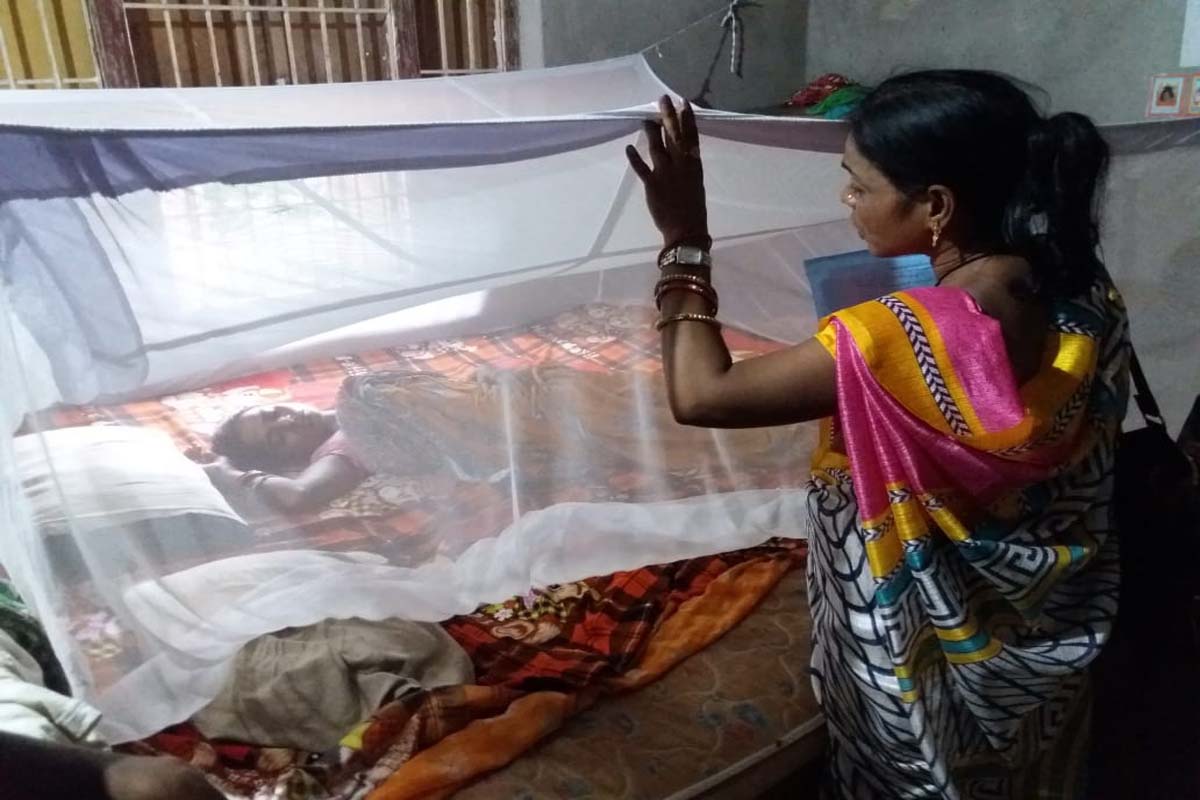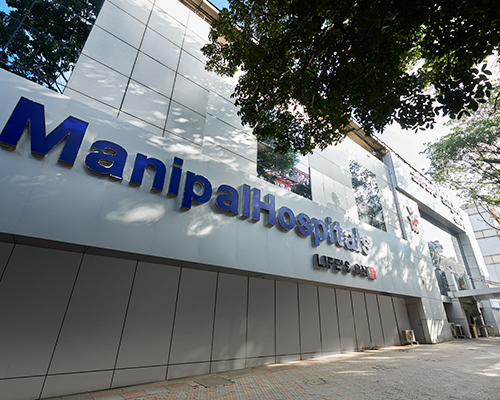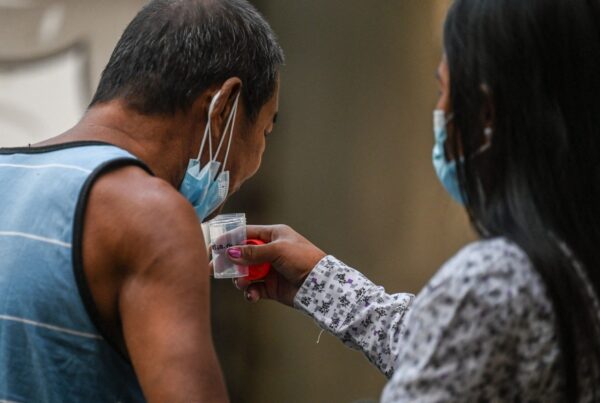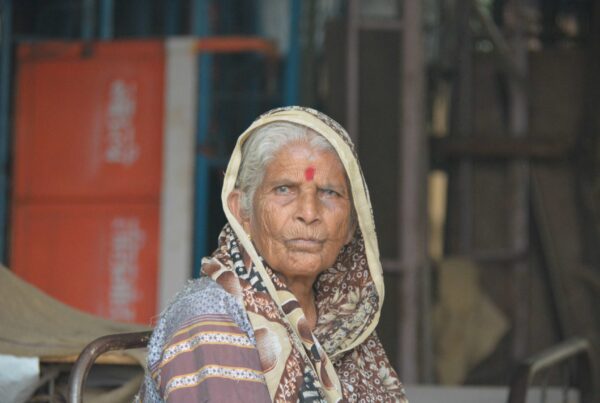As the monsoon clouds gather over Odisha, bringing much-needed relief from the sweltering summer heat, they also usher in an unwelcome guest—dengue fever. Each year, with the onset of rains, the state braces itself for the sharp uptick in mosquito-borne illnesses, and dengue continues to be among the most threatening. In 2025, health officials and communities across Odisha are once again witnessing a worrying rise in dengue cases, particularly in urban centers like Bhubaneswar, Cuttack, and Berhampur, where dense population, poor drainage, and intermittent rainfall combine to create ideal breeding conditions for the Aedes aegypti mosquito.
Unlike malaria, which often spreads in rural and forested areas, dengue thrives in urban environments. The monsoon’s pattern of short, intense rains followed by hot and humid days creates countless stagnant water puddles—from uncovered water tanks to clogged drains and roadside garbage piles—turning everyday surroundings into potential breeding grounds. Despite regular warnings and sanitation drives, the mosquito menace returns with striking predictability each year, growing more aggressive and widespread.
Hospitals across Odisha are beginning to report a surge in fever cases, many of which are confirmed as dengue. The disease typically starts with high fever, severe headaches, muscle and joint pains, and, in some cases, a distinctive skin rash. In more severe cases, known as dengue hemorrhagic fever or dengue shock syndrome, it can cause internal bleeding, dangerously low blood pressure, and even death if left untreated. Although the overall fatality rate remains relatively low with timely medical intervention, the speed at which dengue can incapacitate a person and spread through communities has made it a growing public health concern.
Odisha’s health infrastructure has been ramping up its preparedness, with government hospitals setting up dedicated dengue wards and laboratories increasing their testing capacity. Rapid response teams are being deployed to affected areas for fogging operations and awareness campaigns. Yet, challenges remain. In slum clusters and low-income neighborhoods, where sanitation is poor and access to clean water is limited, the fight against dengue becomes significantly harder. Open drains, water stored in makeshift containers, and lack of public awareness compound the problem, turning prevention into a daunting task.
Adding to the complexity is the overlap of dengue symptoms with other seasonal illnesses such as COVID-19, chikungunya, and viral fevers, which often leads to delayed diagnosis and treatment. Doctors emphasize the need for early testing and hydration, as there is no specific cure for dengue. Management is largely supportive, focusing on fluids, fever control, and close monitoring of platelet counts.
While government advisories urge citizens to avoid water stagnation, cover water storage containers, and use mosquito repellents, individual vigilance remains the most effective first line of defense. Community participation—keeping neighborhoods clean, reporting mosquito breeding sites, and participating in awareness drives—is key to breaking the annual cycle.
This year, meteorological predictions suggest a longer-than-usual monsoon season, raising the stakes even higher. Public health experts warn that if preventive measures are not sustained and aggressively enforced, Odisha could see a significant spike in dengue infections by late July and August.
Dengue may no longer be a new threat, but its persistence—and the growing number of people it affects—has made it a seasonal scourge that demands not just reactive treatment but a proactive, year-round strategy. As the rains continue to fall and the battle against waterborne and vector-borne diseases intensifies, Odisha stands at a critical juncture—where awareness, policy, and grassroots participation must converge to keep the buzzing peril of dengue at bay.




